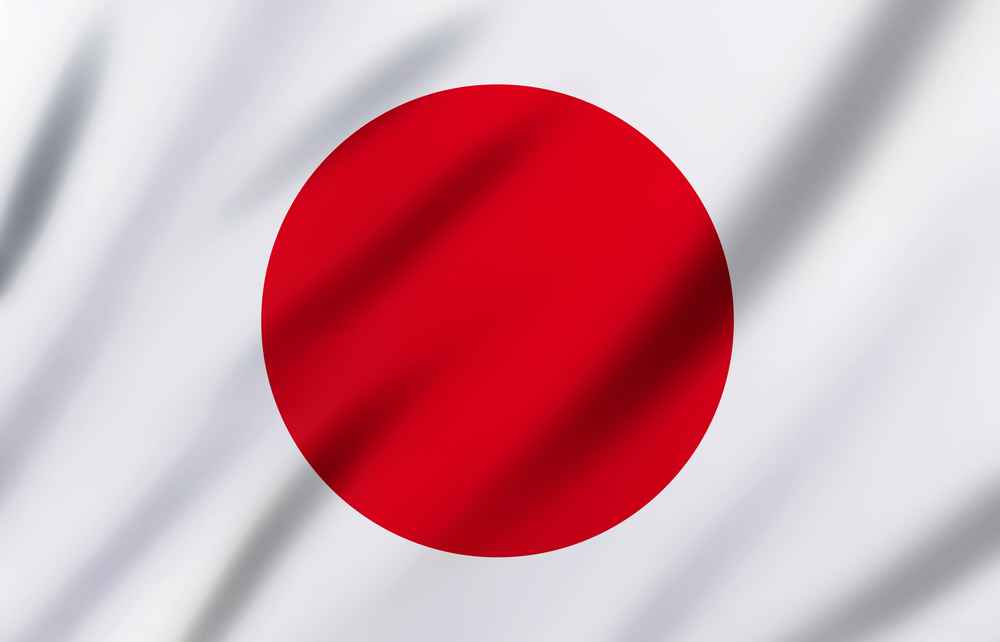Tips for foreigners trying to use a trademark in Japan
By Toshio Kobayashi
Posted: 19th May 2016 09:14
Needless to say, there is a big risk in receiving a lawsuit from another person because of infringement of a trademark under the Japanese Trademark Law or Unfair Competition Prevention Law, when you use a trademark without doing prior research about the availability of using that trademark in Japan. Therefore, we recommend requesting that we search the availability and registrability of the mark in question before you do business using a trademark in Japan.When we receive your request regarding using your trademark in Japan, first we examine the availability and registrability of your trademark via searching for the existence of an obstacle mark already registered in Japan, or in the process or registration. We compare your mark to any obstacle marks and determine if the mark is distinctive enough for registration. We generate this report within two weeks of the date of your request, and are confident that this report will be accurate and reliable since we have done this very often and are in high esteem with both Japanese and foreign clients.
If your trademark (hereinafter referred to as “B Trademark”) does face an obstacle mark (hereinafter referred to as “A Trademark”), then what are the available counter-measures?
While Japan does not have a concurrent registration system, it does offer an assignback agreement system. In this system, you must propose to the registrant of A Trademark that they file an application of B Trademark or they temporarily assign A Trademark to you and you file an application of B Trademark. The application in either case most likely can be registered since it is an application for a similar trademark to the currently registered A Trademark or B Trademark by the same applicant. After registering B Trademark, in the former case the registrant of A Trademark may assign the B Trademark or assign a divided part of the B Trademark (at this time the registrant may split B Trademark into different marks, we can call them C and D Trademark. C and/or D Trademark may then be assigned to you.) In the latter case, you may assign the A Trademark to the prior registrant of A Trademark. However, the opponent does not necessarily always agree to such an assignback agreement.
If you strongly want to get a registration for a trademark despite the existence of an obstacle mark, then we could also take action to cancel the trademark. If the registered obstacle mark has not been continuously used in Japan for three years or more, then you may demand a trial for the cancellation of the obstacle mark under Article 50 of the Japanese Trademark Law. Alternatively, you may also demand a trial for the invalidation of registration of the obstacle mark in accordance with Article 46, which provides many reasons for the invalidation trial. For example, it is one of them that the obstacle mark in questions has been a mark indicating in a common way, the common name of the goods or services and others.
If your application is reviewed and no obstacle marks are discovered, then you will receive the decision about the registration of your mark within about four months from the filing date thereof. After paying the registration fee, your trademark is usually published in the official gazette and recorded in the register of trademarks.
There are many problems revolving around infringement of trademarks. One of the most important is the amount of damages and how to calculate the damages for an infringement.
Japanese Trademark Law provides four ways to calculate the damages. (i) The sum of the unit price of the profits you would have earned had there been no infringement multiplied by the number of units you would have sold in the absence of infringement. (ii) The profit gained by the infringing party. (iii) You may claim the amount of what a license fee would have cost the infringing party. (iv) You may estimate damages on a tort-like basis (referred to as the law of cause and effect in Japan) where the plaintiff shall insist and prove the remedies are insufficient (e.g. the mark’s reputation was damaged, and amount of the sales or profits which was reduced by reason of trademark infringement.
You may select any of these ways in court to calculate damages. However, the last way is difficult for a plaintiff to prove, and therefore the first, second, and third are easy ways for a plaintiff to calculate damages.
Toshio Kobayashi, Attorney at law, Patent Attorney. Admitted 1961, Japan. Education: Tokyo Commercial College (Hitotsubashi University); Tokyo University (LLB); Legal Training and Research Institute of Supreme Court of Japan. Author: “”Management of Trademark,” Toyo Keizai Shinpo Sha; “Directory of Industrial Property rights” Nikkan Kogyo Shinbun sha.” Practice in Trademark Law” Seirin Shoin. Member: Japanese federation of Bar Associations; Daini Tokyo Bar Association. Public Action: The prior president of Japan License Executive Society, The present vice president of Japan Trademark Association. Languages: Japanese and English. Practice areas: Intellectual Property; International Business Law.
Toshio can be contacted on +81 (3) 3580-2036 or by email at kobayashi@ktandi.org




Comments